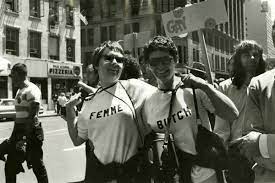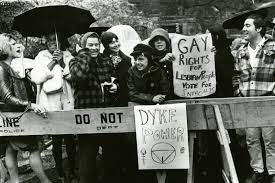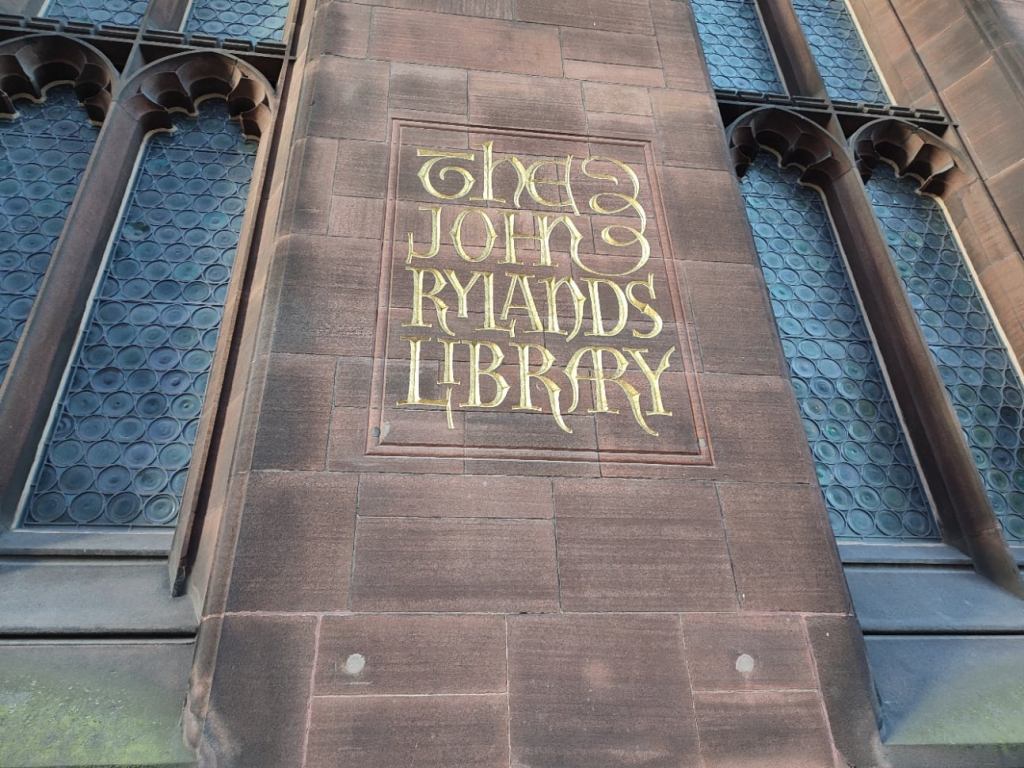
The John Rylands Library
The John Rylands Library was founded by Enriqueta Rylands in memory of her husband John Rylands, who died in 1888.
The building and collections
The following year Enriqueta commissioned the architect Basil Champneys to design the Library, which took ten years to build and opened to readers and visitors on 1 January 1900. Enriqueta was closely involved in the design and construction of the building, and in the simultaneous development of the collections.
In particular, she was personally responsible for purchasing the two foundational collections: the incomparable collection of printed books assembled by the 2nd earl Spencer (which she bought for £210,000 in 1892) and the earl of Crawford’s collection of manuscripts (costing £155,000 in 1901).
The John Rylands Library is one of the finest examples of neo-Gothic architecture in Europe and is indisputably one of the great libraries of the world.
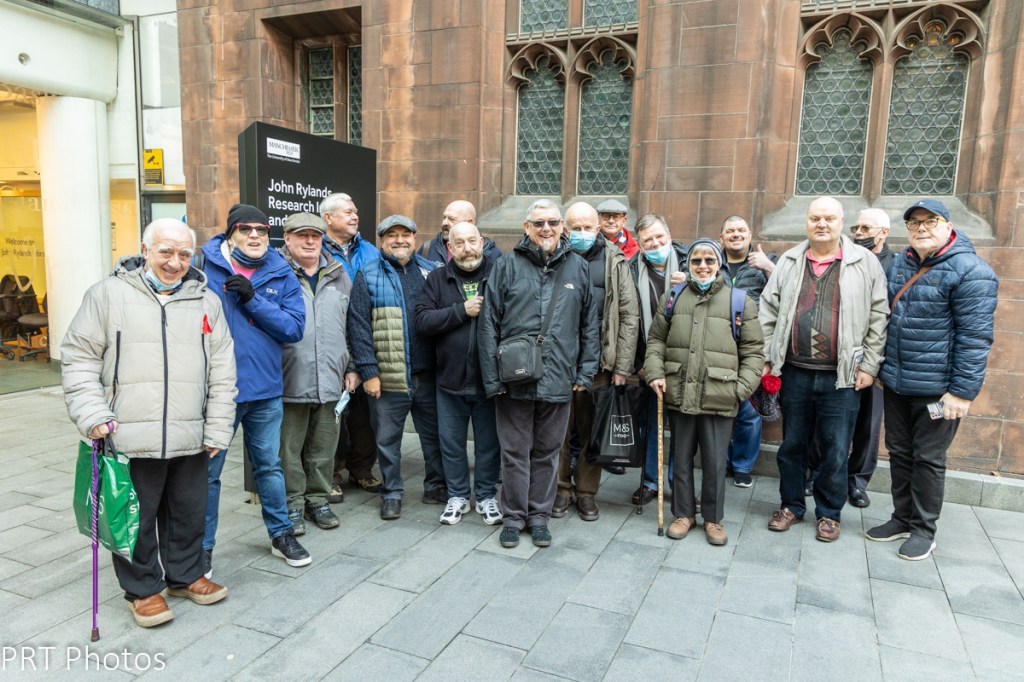
The library became part of The University of Manchester in 1972. It now houses the majority of Special Collections of The University of Manchester Library, the third largest academic library in the United Kingdom. We enjoyed our visit to this beautiful building – more photos can be seen here.

Pictures That Changed The Course Of LGBT History
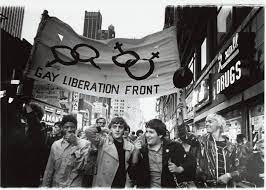
In the 1960s and ’70s, amid a climate of political upheaval and civil rights activism, LGBT communities across the US were uniting for visibility and change. Events like the 1969 Stonewall riots, which saw LGBT activists rise up against discrimination in New York City, helped to galvanise this movement by bringing together a generation of LGBT young people under a banner of pride. And the work of photojournalists such as Kay Tobin Lahusen and Diana Davies brought this movement to the masses through their groundbreaking photography.
An exhibition at the New York Public Library titled Love & Resistance: Stonewall 50 brought together the work of these two influential photographers, as well as periodicals, flyers, and first-person narratives from this pivotal moment in LGBT history.


Who were Kay Tobin Lahusen and Diana Davies?
Kay was one of the first LGBT photojournalists in the United States documenting LGBT political communities. She started her career photographing for a magazine called the Ladder in the early 1960s, which was the main magazine for lesbians in the US at that time. Before Kay, the magazine depicted people mostly through cartoons; if they were photographed, it was in silhouette or from behind to protect the identity of the people in the pictures.
She broke with this by placing out lesbians on the cover. A lot of these pictures are some of the first positive images of lesbians in American culture. There simply weren’t images of lesbians being depicted as smiling, happy, well-adjusted people before Kay made them. By the 1970s, she was documenting essentially all of the major activity and demonstrations that were happening.

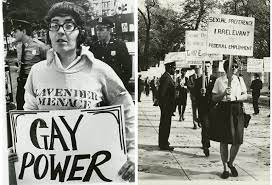
Diana was another photographer who honed her craft in the 1960s, documenting the antiwar movements, the civil rights movements, as well as the jazz and blues music scenes. Then in ’69 she became part of this organisation called the Gay Liberation Front and began documenting gay, lesbian, and transgender activists in New York City and around the country.
How was photography used as a tool for LGBT activism?
The exhibition had this section on “love” which is most telling in this regard. There are images that are always shot from behind or in silhouette — so you’re depicting the person but also protecting their identity at the same time. This was due to the fact that homosexuality was illegal in the United States during this era. In New York, you could serve three months in prison and in some states you could be sentenced to life in prison. You could be institutionalised, subjected to electric shock treatment, you could lose your job — so very few people are willing to be publicly depicted in this way.

Post-Stonewall you have a real emergence as part of gay liberation of trying to document these people’s lives. These photographers were a part of a movement of gay visibility with the objective of taking back public space. Part of the oppression faced by gay and transgender people in the ‘60s was being denied access to public space. A bar could be shut down if they had gay patrons, you could be arrested for cross-dressing during the time. So part of creating these images was to depict these individuals as full human beings.
